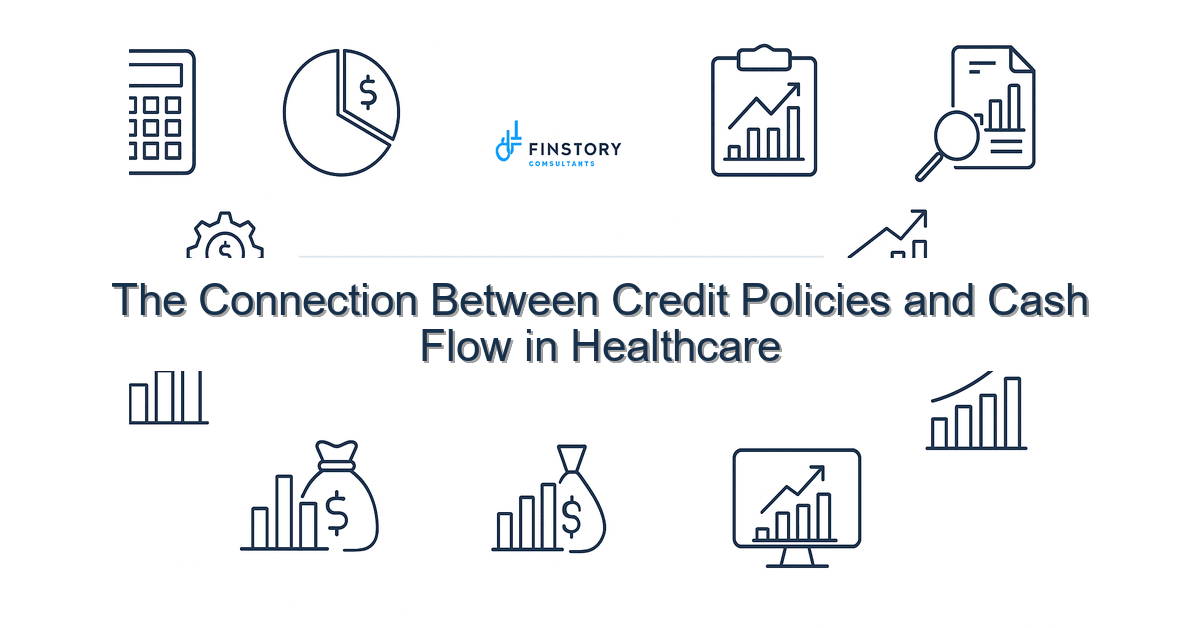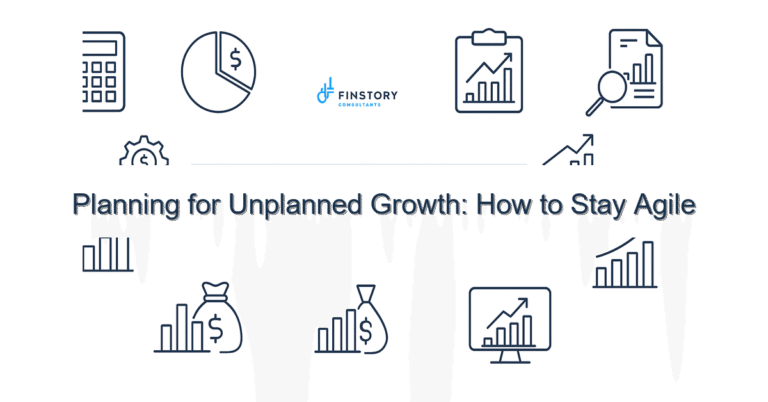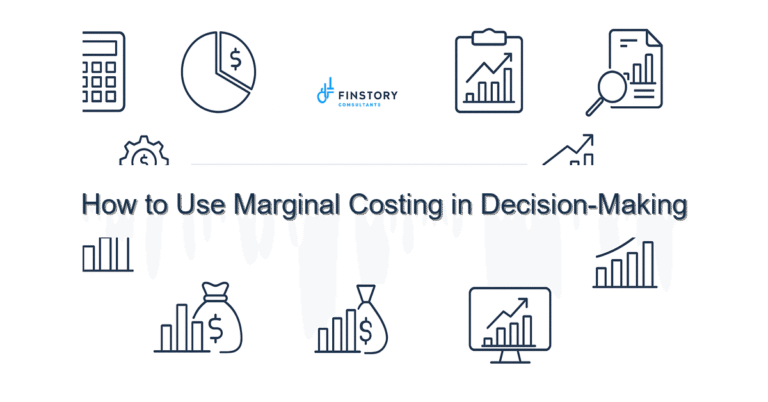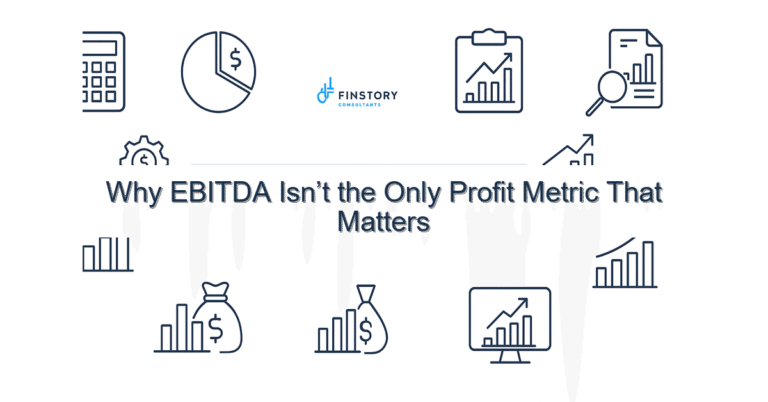The Connection Between Credit Policies and Cash Flow in Healthcare
Too many healthcare organizations treat credit policy like a compliance checkbox: create a policy, file it, forget it. The result is slower collections, surprise write-offs, and leaders wondering why cash is tight even when volumes look healthy.
Summary: Aligning credit policy with operational realities lets you collect payments earlier, reduce DSO, and limit financial risk—without hurting patient access. The decision: turn credit policy from a static document into an active cash-management tool.
What’s the real problem?
Credit policy in healthcare affects every dollar that turns a service into cash. Too often policies are written by compliance teams or legal, then handed to front-line staff who need speed and judgment at the point of care. That mismatch creates gaps between expected and realized cash.
- Repeated billing follow-ups cost time and staff morale—accounts age while patients get lost in the system.
- Point-of-service collections are inconsistent: some departments collect diligently, others rely on post-billing efforts.
- Contract changes, co-pay confusion, and guarantor credit risk lead to unexpected write-offs.
- Leadership sees revenue on the EHR but cash doesn’t match—DSO creeps up and forecasting becomes unreliable.
What leaders get wrong
Leaders want to be patient-friendly and compliant, and sometimes that leads to overly permissive credit terms or unclear escalation rules. Here are common mistakes:
- Assuming clinical teams will enforce collections without giving them simple rules and tools.
- Treating credit policy as a legal artifact rather than an operational playbook tied to KPIs.
- Using one-size-fits-all terms for insured, self-pay, and commercial accounts—ignoring payer behavior.
- Relying solely on month-end reports instead of connecting credit settings to real-time cash forecasts.
A better approach
Think of credit policy as a living framework that guides decisions at the point of care and flows into collections and forecasting. Here’s a simple 4-step framework you can implement this quarter.
- Define risk tiers: classify accounts (commercial, Medicare, Medicaid, self-pay, high-risk guarantor) and set clear expectations for point-of-service collections and follow-up timelines.
- Embed rules at the front line: give registration and clinical teams concise scripts and checklists for verification, pre-collections, and when to escalate to financial counseling.
- Automate routine decisions: use credit scoring and workflow automation to route accounts for immediate collection, payment plans, or expedited bad-debt review.
- Close the loop with finance: tie AR aging, DSO targets, and leadership dashboards to policy, and adjust thresholds quarterly based on outcomes.
Real-world example: a 250-bed community hospital introduced a tiered credit policy and automated pre-authorization at registration. Within six months they cut DSO from 62 to 44 days and freed up approximately $2.1M in cash — money that funded urgent equipment repairs without borrowing.
Quick implementation checklist
- Identify the top 3 account types driving aged AR for your organization.
- Create 3 simple risk tiers and assign collection rules to each.
- Update registration scripts to require clear verification of insurance and estimated patient responsibility.
- Introduce a standard financial counseling escalation within 48 hours for high-balance self-pay accounts.
- Set automated alerts for AR buckets (30, 60, 90+ days) to trigger workflows.
- Add a short, weekly AR huddle between operations and finance to review exceptions.
- Map the revenue-to-cash timeline for a sample of 50 accounts to identify bottlenecks.
- Set a 90-day pilot to test revised collection scripts and one automated rule.
What success looks like
- DSO reduction: 10–25% within 3–6 months (from baseline).
- Point-of-service collection rate improvement: +5–15 percentage points.
- Reduction in aged AR (90+ days): 20–40% fewer accounts.
- Write-off rate decline: measurable drop in monthly gross write-offs.
- Faster forecasting: cash conversion cycle shortened by 1–2 reporting periods.
- Operational ROI: recovered cash often pays for the implementation within 6–12 months.
Risks & how to manage them
- Risk: Patient satisfaction dips if staff becomes overly aggressive. Mitigation: train staff on empathetic scripts and always offer clear payment plan options.
- Risk: Over-reliance on automation causes wrong routing. Mitigation: start with a narrow scope, monitor exceptions, and iterate rules weekly during rollout.
- Risk: Policy conflicts with payer contracts or state regulations. Mitigation: involve compliance upfront and build a policy review step into governance.
Tools & data
You don’t need a costly rip-and-replace to get started. Link your existing systems and focus on three areas:
- Finance automation: use rules engines to score accounts and trigger workflows—this reduces manual touches and speeds collections.
- Power BI and dashboards: build leadership reporting that connects AR aging, point-of-service collections, and cash forecasts so execs can see cause and effect in one view.
- Leadership reporting cadence: short weekly metrics for operations, and monthly strategic dashboards for CFO/board review. Use the data to adjust policy thresholds.
Next steps
If you want traction fast, start with a focused pilot: pick one clinic or service line, implement the tiered credit rules, automate two workflows, and measure DSO and point-of-service collections for 90 days. Share the results in a single leadership dashboard and iterate.
Ready to stop guessing and start collecting? Contact Finstory—we’ll help you design a credit policy that actually moves cash, automate the right decisions, and build the dashboards your leadership can trust.
Work with Finstory. If you want this done right—tailored to your operations—we’ll map the process, stand up the dashboards, and train your team. Let’s talk about your goals.
📞 Ready to take the next step?
Book a 20-min call with our experts and see how we can help your team move faster.
Prefer email or phone? Write to info@finstory.net
or call +91 44-45811170.






